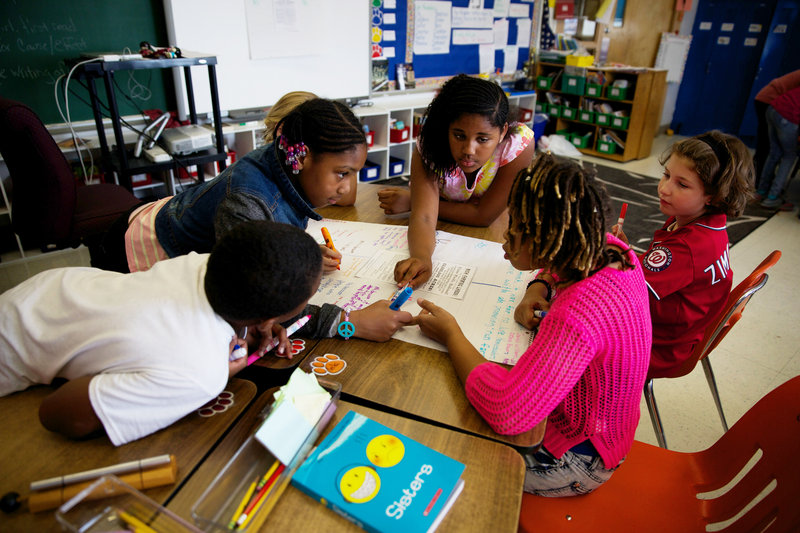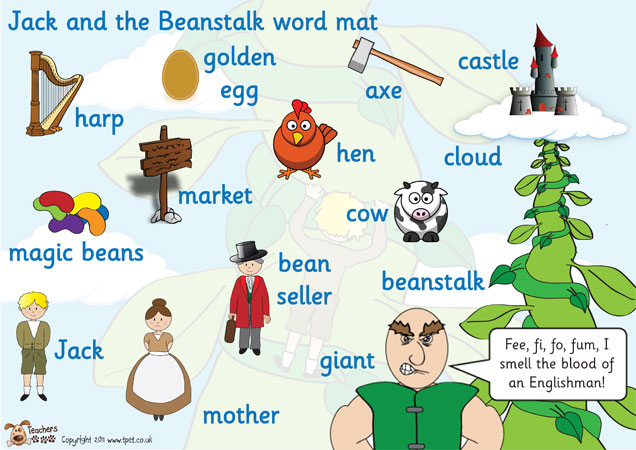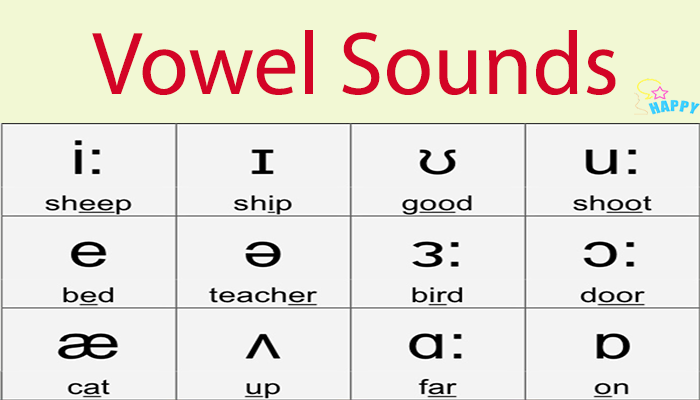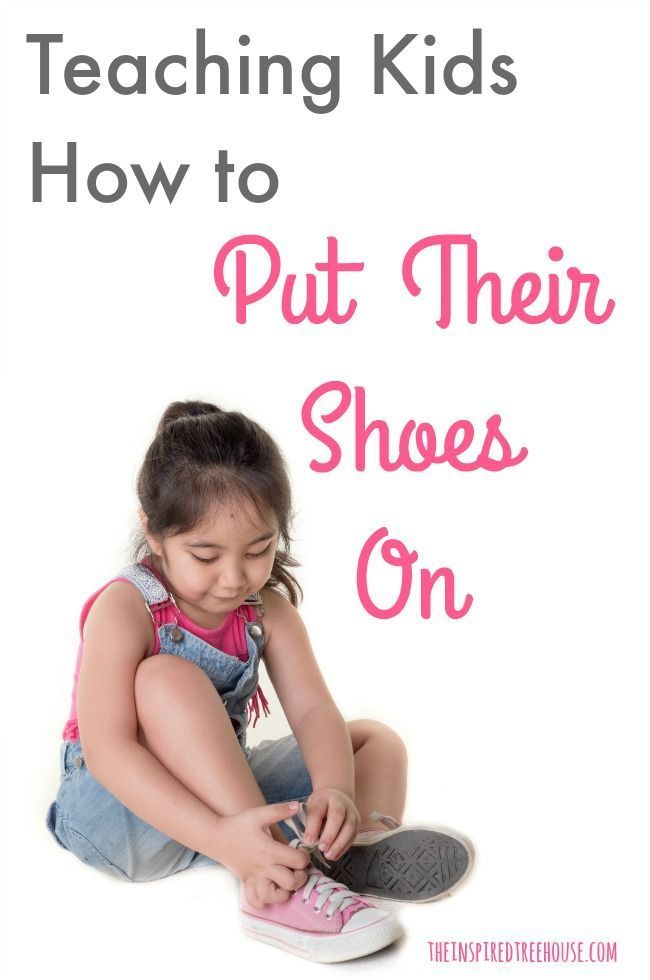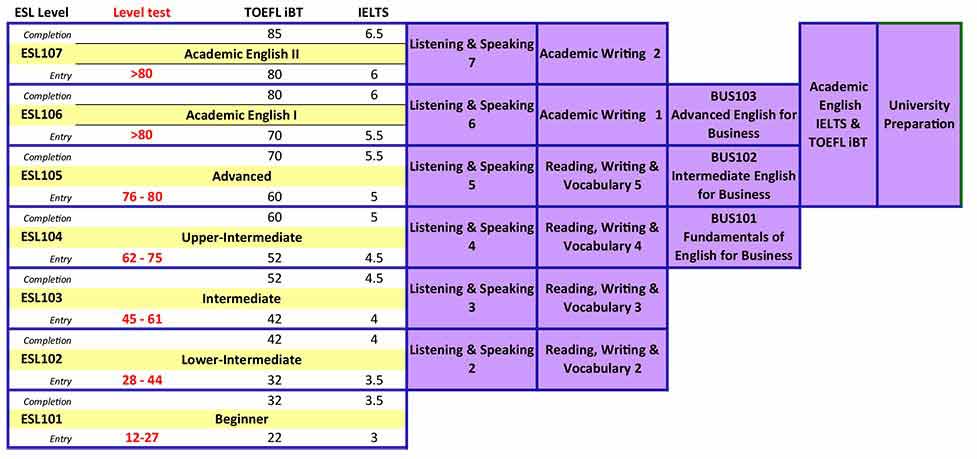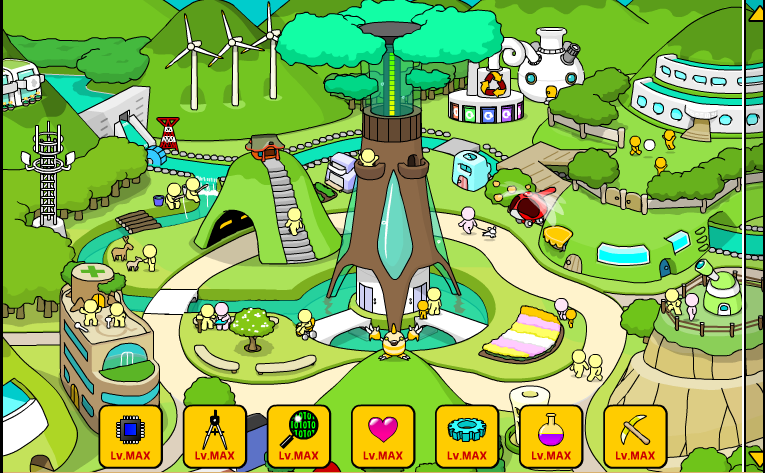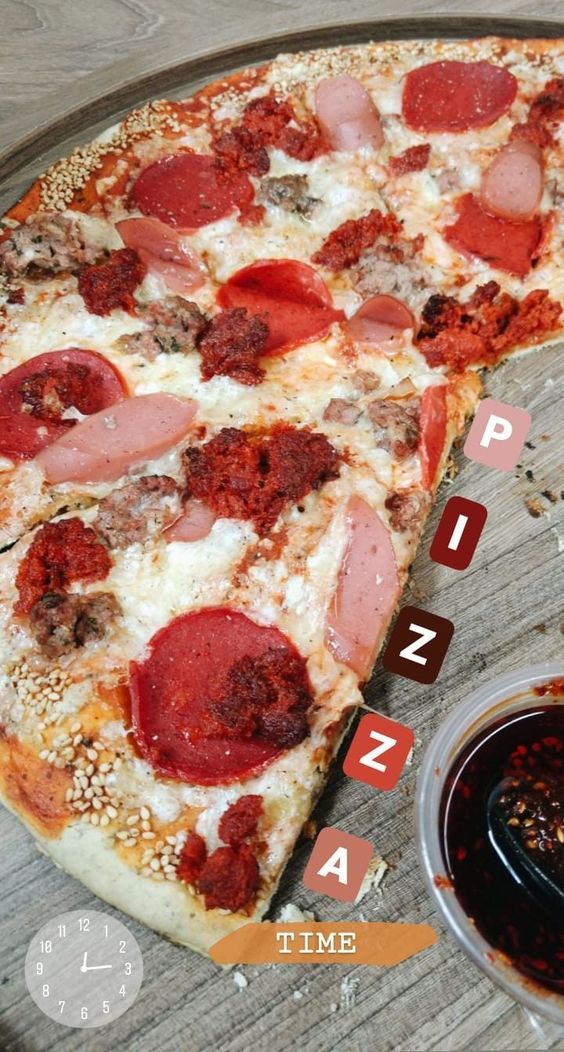How to teach compound words
The 8 Best Compound Word Activities You Need to Try
What do meatballs, butterflies, and cowboys have in common? Not much unless you are teaching compound words to your students this week. This topic can be so fun to teach because of the many different ways you can approach it. Whenever possible, I try to make sure all types of learners’ needs can be met through teaching and activities. I put together a list of some of my favorite compound word activities.
Some of these activities are perfect to use in morning work or literacy stations after students know how to do them. Introduce them during whole group time and then let students keep practicing. These compound word activities were always a hit in my classroom. Most importantly, they helped my students really learn and understand this concept.
Before I jump into the list, I want to share the Compound Words Activities unit. It has everything you’ll need to be totally set for the week teaching compound words. It has a fun character and chant to help you introduce compound words. This unit also has a pocket book, flip book, and picture puzzles. It makes teaching compound words a breeze!
Amazon Affiliate links are used below at no cost to you.
1. Use a song to help you introduce or review compound words.
I love a fun song and video to either kick-off a new concept or to review as we learn. Dr. Jean’s Compound Boogie song is catchy and has great coordinating pictures. It has plenty of examples so your students will really get the hang of it. View it HERE.
2. Create an anchor chart for students to refer to.
A good anchor chart helps make learning visible and accessible to students. It serves a visual reference for students to look to. I love to make one with the definition of a compound word and a few examples. Then, as the week goes on, we’ll take a minute or two each day and add more examples as students come up with them.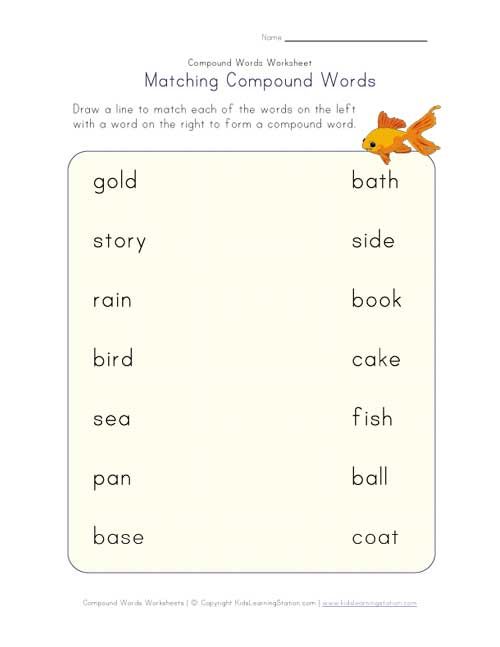
Another fun anchor chart to make is compound words that are food. There are so many! I did this as interactive writing. My students loved adding to this chart!
3. Use read alouds for students to practice listening for compound words.
Read alouds are powerful tools that can help reach auditory learners, build background knowledge, and help grow strategic readers. Read alouds also help you integrate topics, like compound words, throughout the day. While you read, have students listen for compound words. You can have them raise their hands when they hear one. Here are a few books to use for compound words:
- Cloudy with a Chance of Meatballs by Judi Barrett
- If You Were a Compound Word by Trisha Speed Shaskan
- Thumbtacks, Earwax, Lipstick, Dipstick: What Is a Compound Word? By Brian P. Cleary
- Once There Was a Bull…Frog by Rick Walton
4. Use Duplo blocks for hands-on practice.
Write words on the blocks by using my favorite Post-It tape on shorter Duplo blocks.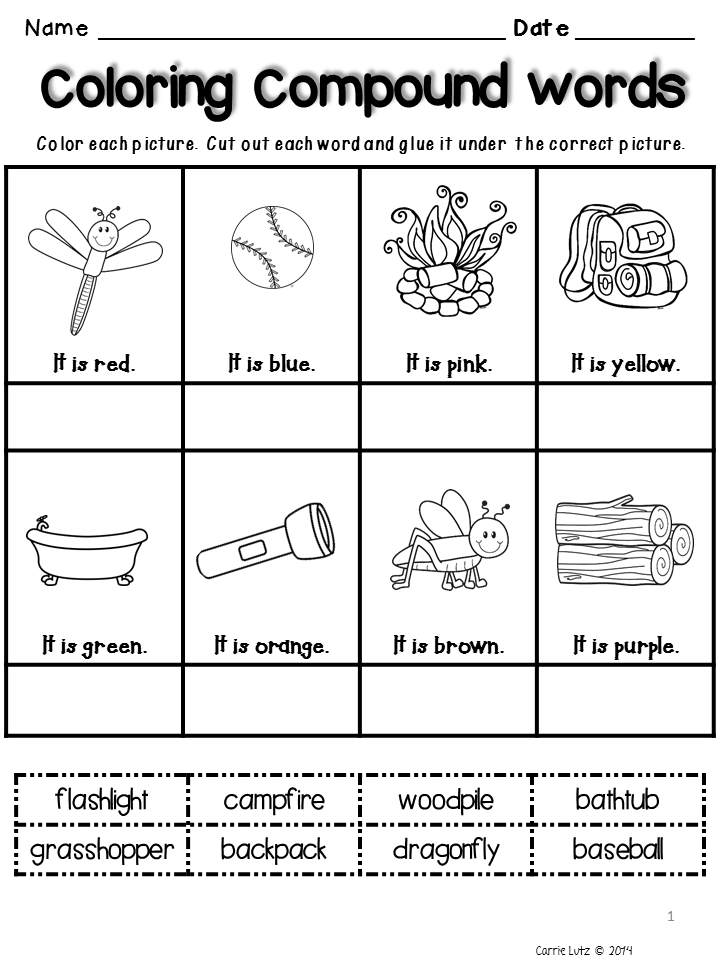 Have students place two short Duplo blocks together on a longer one to make a compound word. If you have very low-level readers, you can simply add pictures. You can have students write the new compound word they created and illustrate it if you want something you can check afterward.
Have students place two short Duplo blocks together on a longer one to make a compound word. If you have very low-level readers, you can simply add pictures. You can have students write the new compound word they created and illustrate it if you want something you can check afterward.
5. Implement self-checking puzzles.
Puzzles are such a great way for students to use their hands and brains while learning. Self-checking puzzles help students immediately see if their thinking is correct or not. Just write a word and draw a simple picture on each side of a notecard. For example, tree and house. Make a unique cut, like a zig-zag, and cut the notecard in half. Create several of these and mix them up.
In my Compound Word Activities Unit, I have this activity already done for you. Plus, there’s a recording page to make it easy for students to jot down their matches and for you to check them.
6. Introduce hands-on games to reinforce learning.
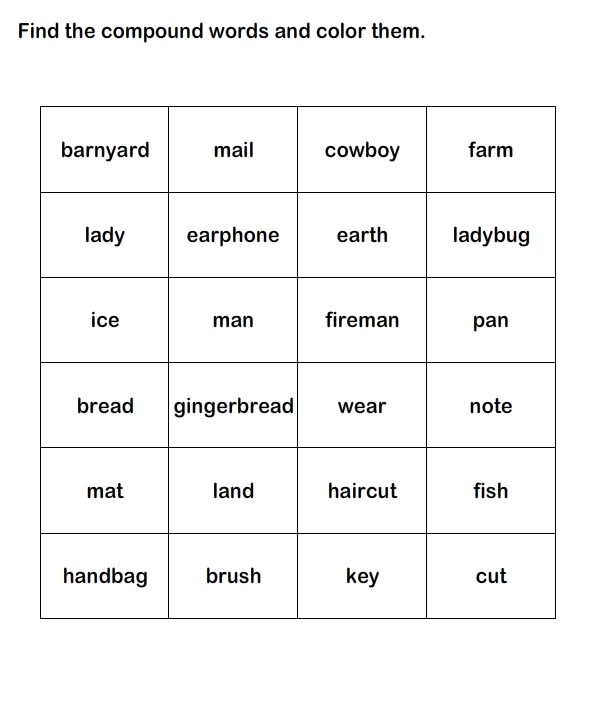
Most students in kindergarten, first grade, and second grade know how to play memory. Add a twist to the classic game with compound words. After you introduce this and model how to play, let students practice. Then, you can use it during morning work or in a word work or game literacy station.
- Make picture word cards for the compound word and its two individual words. For example, treehouse, tree, and house.
- Do this for several compound words.
- Next, flip the cards facedown.
- Students take turns flipping over three cards, saying/reading each one.
- Finally, if they flip over the three cards that go together (tree, house, and treehouse), they get to keep them and get a point.
7. Use online games.
There are several games online that you could use to let students practice identifying and making compound words. If you have iPads, you could use them in literacy stations. Check out what I found on YouTube.
- The Guess the Word Challenge is a video that shows two pictures.
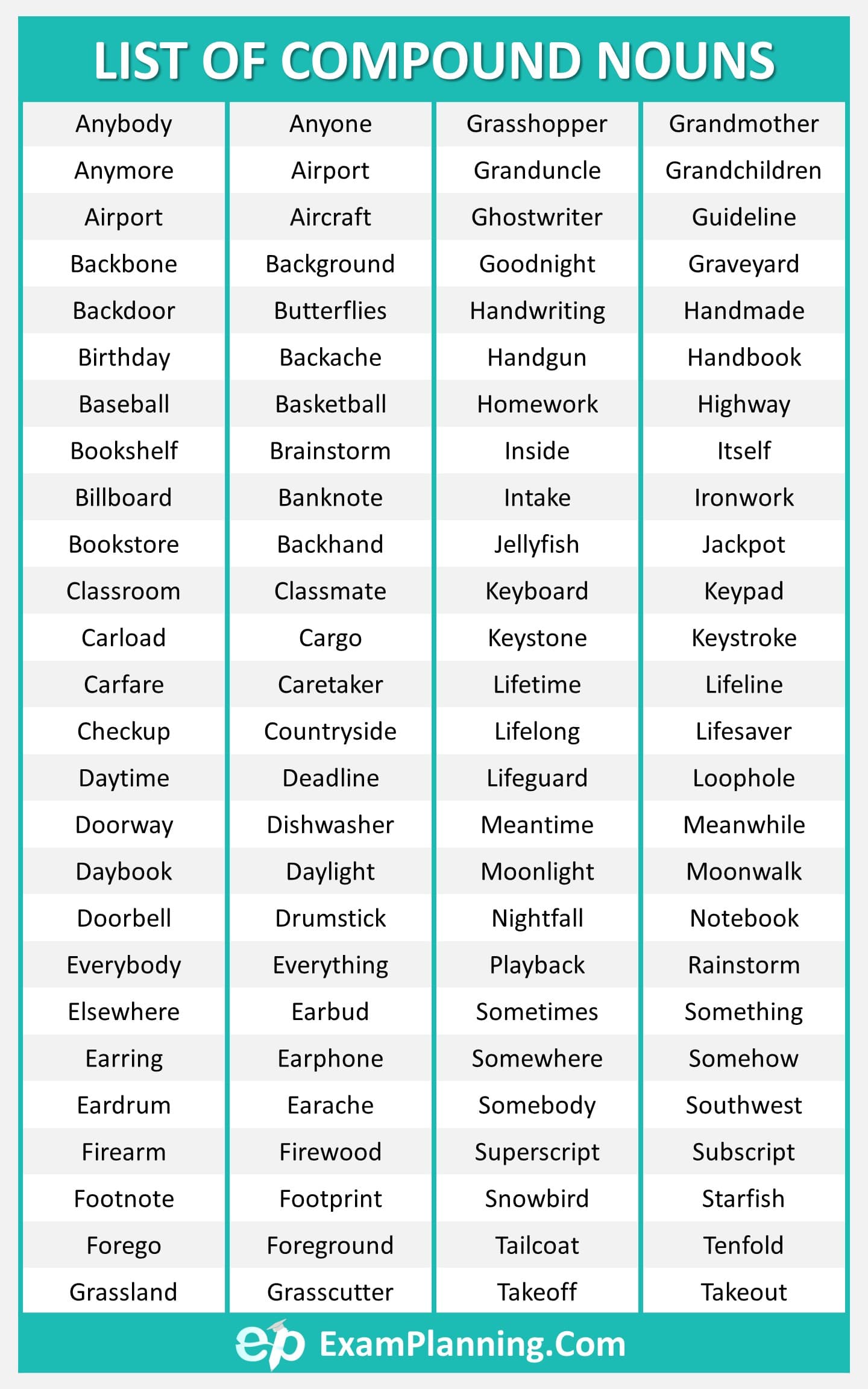 Students have to guess the compound word before the clock countdown ends.
Students have to guess the compound word before the clock countdown ends. - Similarly, The Compound Word Game is very similar. The main difference is this game does have some audio of someone saying the name of each picture, and the other game has no audio.
You can have students play two ways:
- Think, pair, and share the answer. Give a thumbs up or down if their partner got it correct.
- Let students write or draw the answers on whiteboards and hold them up to show you.
8. Sort compound words and not compound words.
Sorting is one of the higher-level compound word activities on Bloom’s Taxonomy. Show some examples of compound words with pictures and words that are not compound words. Have students sort them.
If you want this activity already all planned and done for you, my Compound Word Activities has this activity in it. Students make a pocket book and sort the pictures.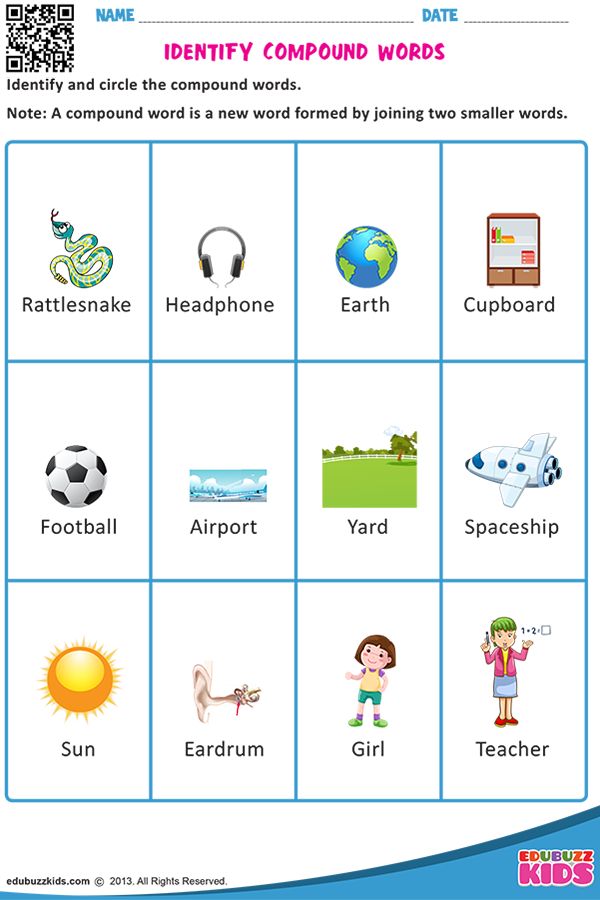 I love sorting this way because it’s interactive, and the students can take the pieces out, mix them up, and sort them again.
I love sorting this way because it’s interactive, and the students can take the pieces out, mix them up, and sort them again.
These eight compound word activities will be sure that the different types of students’ learning needs are met and support your ELL students, too. Remember that with any concept you teach, it’s important to add variety to your lessons and activities. As a result, students will be engaged and learn more effectively.
pin it
Do you have any must-do compound word activities? Leave a comment and let me know!
Shop This Post
Compound Word Activities Unit : This unit has interactive activities to help you teach compound words and help your students master this standard. It includes:
- Fun Compound Word Chant
- Compound Connection Puzzles (18 picture puzzles and recording sheets)
- Compound Connie (character used to help introduce the concept with activities)
- Pocket Book for Compound Word Sort
- Compound Flip Book (creating compound words)
Want to use the latest research to boost your readers during small groups? This FREE guide is packed with engaging ideas to help them grow!
The Essential Guide (+ FREE Downloads)
by Marie Rippel
Compound words are formed when two smaller words combine to form a new word, as in these examples:
mail + box = mailbox
milk + shake = milkshake
note + book = notebook
The resources in this article can help you introduce compound words to your children and make them feel like superheroes for being able to read and spell such long words!
What Is a Compound Word?
Compound words can be lots of fun for young readers and spellers.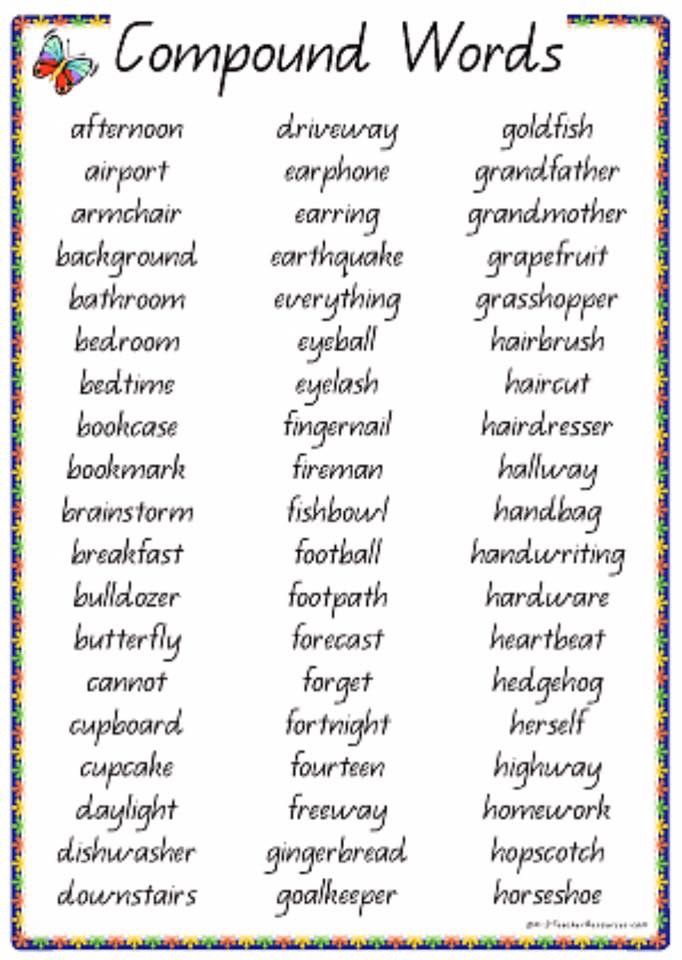 And they are easier to tackle if we think of compound words as two smaller words that are combined to form a new word.
And they are easier to tackle if we think of compound words as two smaller words that are combined to form a new word.
But there’s another important thing to consider when teaching compound words!
When deciding of a word is a compound, remember that the meaning of the compound word relates to the meanings of the two words that combine to form it. For example, a bathtub is a tub you take a bath in. A sandbox is a box you put sand in. An anthill is a hill made by ants, and so on.
Download This Free List of Compound Words
This big list of kid-friendly compound words will be a great resource as you work on this skill together.
Teach How to Look for the Two Smaller Words in the Compound Word
The easiest way to introduce compound words is with letter tiles. Choose a word such as bathtub from the resource list and build it with the tiles.
Explain to your child that the word bathtub has two smaller words in it, and invite him to find those two smaller words.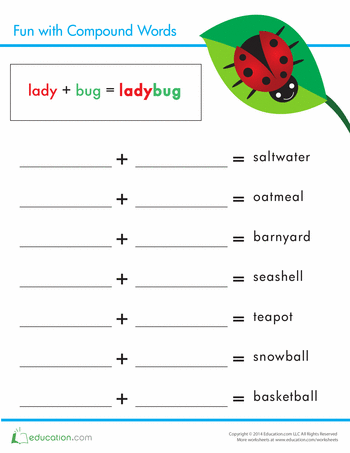 Letter tiles are great for this activity because your child can separate the compound word into two words, like this:
Letter tiles are great for this activity because your child can separate the compound word into two words, like this:
Suddenly, longer words are no longer scary! See why I love letter tiles so much? You can practice this concept with fun words like sandbox, anthill, backpack, and windmill. This is a wonderful method for helping students visualize the words that form compound words.
Games and Activity Sheets for Compound Words
Hands-on games and activities make learning about compound words more fun! Here are three free printables that you can use with your child. The first two activities come from All About Reading Level 1, and the third activity was designed for all reading levels.
“Bird Friends” Activity
Birds of a feather flock together … and in this fun reading activity, birds of a feather make compound words, too! Just have your child select two matching birds and place them side by side on the branch. Each pair of birds makes a compound word!
“Chop-Chop” Activity
Practice compound words with this fun (and safe!) chopping game! Just cut out the knife and the foods, then let your child “chop” each compound word between its two smaller words.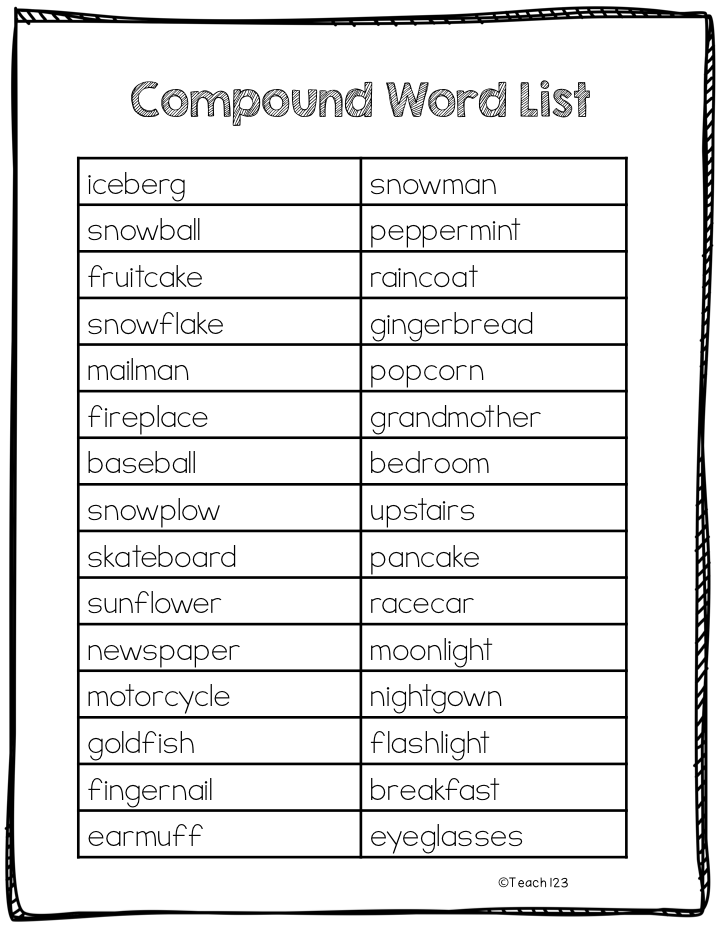 Read each smaller word, and then read the compound word.
Read each smaller word, and then read the compound word.
“Banana Splits” Game
Use compound words to build the yummiest banana split ever in this delicious multi-level reading game. Every player gets an ice cream bowl and a stack of candy covered scoops of ice cream to play with. And the best part? Students of different levels can play together!
Spelling Tips for Compound Words
When your child is spelling, it may not be obvious when to combine two words into one. This process is made more difficult by the fact that there are actually three kinds of compound words. There are closed compounds, which we have been discussing in this article so far. And then there are open compounds and hyphenated compounds.
If your child needs to spell the word ice cream, for example, there is no rule that will help her decide whether this is a closed or open compound word. She’ll just need to determine what “looks right,” and the only way to do that is to have seen it in writing before (preferably multiple times). The Practice Sheets in All About Reading and the Word Banks in All About Spelling are excellent tools to do just that.
The Practice Sheets in All About Reading and the Word Banks in All About Spelling are excellent tools to do just that.
Of course, reading word lists isn’t all that exciting. Reading a short story about a sassy cat, on the other hand, is a much more engaging way to practice reading compound words! Here’s the first story with compound words that beginning readers encounter in All About Reading Level 1.
Cobweb the Cat short storyIn this story, young readers encounter fourteen different closed compound words, including bathtub, catfish, and sunset. All of these words are pre-taught through various activities, so even before reading the story, the child has already become familiar with them.
The more times your student sees compound words in print, the easier it will be for him to spell them. And that leads us to our final tip for teaching children to spell compound words…
Provide Oral “Hints” During Spelling Dictation
To increase your child’s awareness of compound words during spelling dictation, provide prompts such as “This next sentence has a compound word.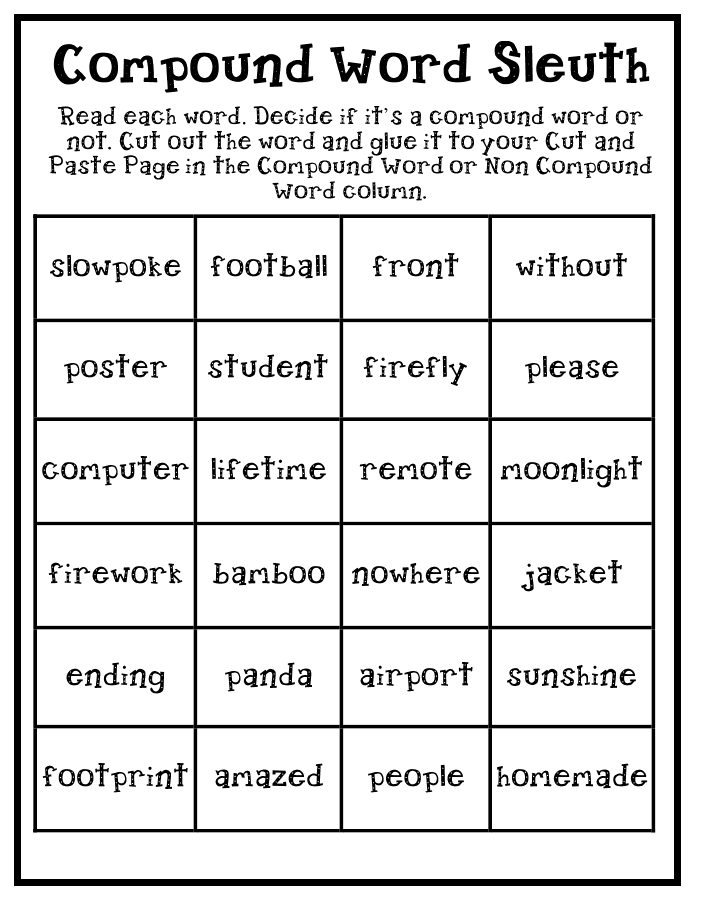 ” After your child sees closed compound words in print a number of times, he’ll begin to get a sense of when to combine two smaller words into one.
” After your child sees closed compound words in print a number of times, he’ll begin to get a sense of when to combine two smaller words into one.
The bottom line when teaching compound words is practice, practice, practice! But make practice a joy by incorporating letter tiles, activity sheets, short reading selections, and spelling dictation “hints.”
What are your favorite ways to practice compound words? Let me know in the comments below!
How to quickly learn words. The Scientific Approach
photo tumblr.com
THREE SCIENTIFICLY BASED METHODS THAT WORK
You learn these words, but there's no point! After a couple of days everything is forgotten.
Use a scientific approach to memorization! We present you three scientifically based methods that will allow you to quickly and permanently memorize foreign words.
Related article:
18 funny English words related to food
HOW MANY WORDS SHOULD YOU KNOW?
First, let's figure out how many words you need to learn in order to begin to understand most of the foreign speech, and to express your thoughts yourself.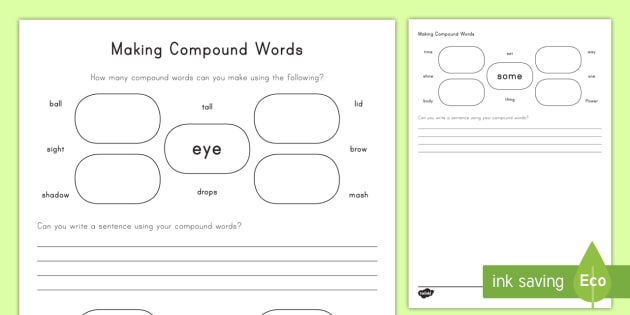 A five-year-old child living in an English-speaking country uses 4,000-5,000 words, and a university graduate uses about 20,000 words. However, an English language learner only has a vocabulary of 5,000 words, despite years of study.
A five-year-old child living in an English-speaking country uses 4,000-5,000 words, and a university graduate uses about 20,000 words. However, an English language learner only has a vocabulary of 5,000 words, despite years of study.
But there is also good news : A vocabulary of 2,000 words is enough to understand 80% of foreign speech. The researchers came to this conclusion based on the analysis of the Brown Corpus. A linguistic corpus is a collection of texts on various topics.
Interestingly, after you have learned 2,000 words, vocabulary replenishment for each subsequent 1,000 words allows you to increase the amount of understood text by only 3-4%.
HOW TO REMEMBER A WORD QUICKLY?
The first question that interests everyone is how to quickly memorize foreign words?
Scientists have come to the conclusion that information that has an emotional coloring is remembered faster. Accordingly, it is a good idea to learn words through games, riddles, movies. I liked the song - do not be too lazy to look at the translation of incomprehensible words. These words will forever be associated with the song you like, which means they will leave an emotional trace in your memory.
Accordingly, it is a good idea to learn words through games, riddles, movies. I liked the song - do not be too lazy to look at the translation of incomprehensible words. These words will forever be associated with the song you like, which means they will leave an emotional trace in your memory.
Excellent technique - mnemonics. Create colorful associations - this will allow you to remember even hard-to-pronounce words. Usage example: the word weather is similar to the Russian word wind, we build a wind-weather pair in our head, remember forever that weather translates to weather. There are special reference books where you can find various mnemonic techniques for memorizing English words. However, it is better to come up with such associations on your own, since our associations and emotions are strictly individual.
Article in the topic:
Infographic: varieties of tea in English + 6 "tea" idioms
HOW TO NOT FORGET A WORD SO QUICKLY?
So, you learned a couple of hundred words, but after a week, about ten of them remained in your memory.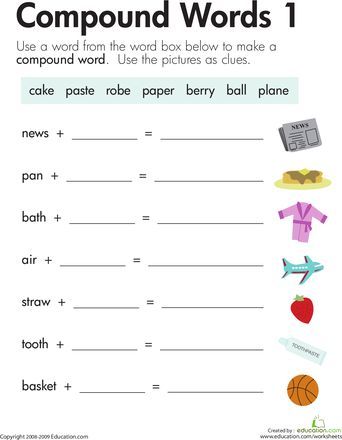 What is the problem? This is due to the existence of short-term and long-term memory. The mechanisms of short-term memory allow you to store information for 15-30 minutes, then, noticing that this information is not used, the brain gets rid of it, as if it were something unnecessary. How can we make it clear to the brain that we really need these words? The answer is repetition. It's like with Pavlov's dog: the light bulb lights up - saliva is released. However, it is released only after 5-10 repetitions of the food + light chain. If food is not served when the light is turned on, the association of the light bulb with food in the dog's brain will be destroyed, and saliva will stop secreting.
What is the problem? This is due to the existence of short-term and long-term memory. The mechanisms of short-term memory allow you to store information for 15-30 minutes, then, noticing that this information is not used, the brain gets rid of it, as if it were something unnecessary. How can we make it clear to the brain that we really need these words? The answer is repetition. It's like with Pavlov's dog: the light bulb lights up - saliva is released. However, it is released only after 5-10 repetitions of the food + light chain. If food is not served when the light is turned on, the association of the light bulb with food in the dog's brain will be destroyed, and saliva will stop secreting.
So how many times does a word need to be repeated in order for it to stably move from short-term to long-term memory?
German psychologist Hermann Ebbinghaus developed the Forgetting Curve, which characterizes the amount of information lost over time in the absence of repetition. During the first 20 minutes after learning the words, we will already remember 60%, and within 1 hour we will lose more than 50% of the information. Then, over time, more and more information will be erased, and by day 3, only 20% of the information will remain in memory. Thus, if you miss at least one day in repetition, you will not return the forgotten words.
During the first 20 minutes after learning the words, we will already remember 60%, and within 1 hour we will lose more than 50% of the information. Then, over time, more and more information will be erased, and by day 3, only 20% of the information will remain in memory. Thus, if you miss at least one day in repetition, you will not return the forgotten words.
The conclusion is obvious: without repetition, nowhere . Use words in speech, make up stories using new words, play flashcards on your smartphone for at least a couple of minutes a day - all this will help you save the learned words. Otherwise, the time spent on their initial study will simply be wasted.
We suggest using the following repetition schedule:
- 10-15 minutes after learning the words;
- After 50-60 minutes;
- Next day;
- After 1 day;
- After 2 days.
After that, most of the information will be fixed for life.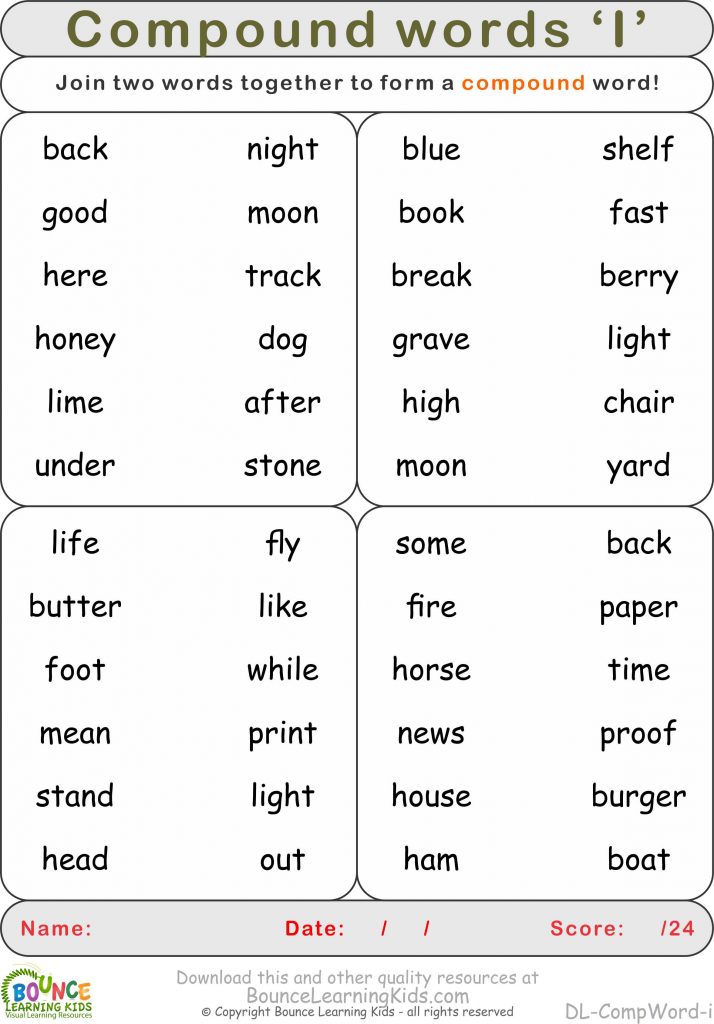
Article in the topic:
Infographics: English words on the topic of work
HOW TO EXPRESS THOUGHTS FASTER?
I really want foreign words to flow from my mouth, without requiring excessive brain tension and several minutes to formulate a phrase. There is an opportunity to accelerate the formation of foreign speech - this is the development of muscle memory. By muscles here we mean the muscles of our articulatory apparatus. These muscles, like the muscles of the legs when riding a bicycle or the muscles of the fingers of a pianist, have a memory that allows you to perform automated movements almost unconsciously.
In order for muscle memory to form, it is important to pronounce words out loud when learning words, making movements with the tongue and lips. It is also useful to simultaneously present an image of the subject being studied. Over time, you will no longer think about what word to say - the muscles will do it automatically.
Thus, the correct organization of the work of the brain in the formation of short-term, long-term and muscle memory will allow you to quickly and permanently replenish your vocabulary.
Good luck with your studies!
Elena
Fun English for kids and adults!
7 effective ways to memorize words in English
When learning a foreign language, it is very important to constantly replenish your vocabulary - to learn new and new words. However, not everyone succeeds in doing this. We offer eleven tips to help you memorize new words in English more effectively.
You can start with a video from Tanya Starikova, in which she shares how she manages to learn English words:
Memorize words in context
Language is a tool people use to express themselves.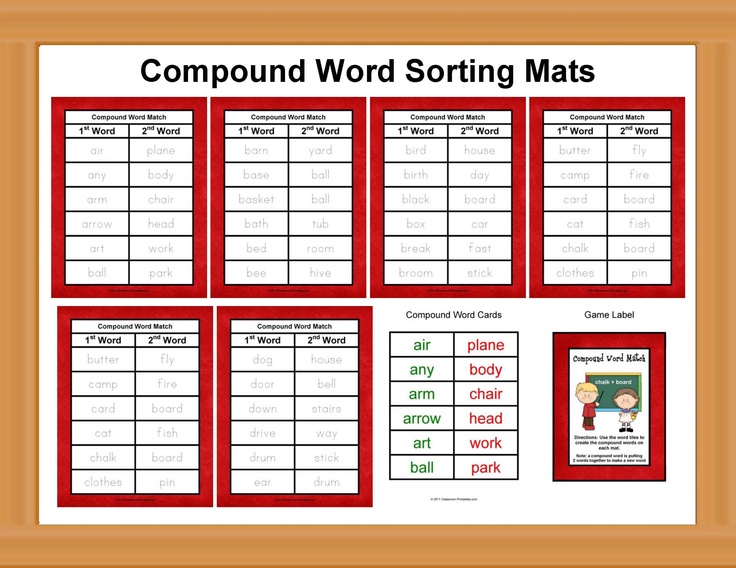 Therefore, each word is valuable not in itself, but in the context.
Therefore, each word is valuable not in itself, but in the context.
Don't learn English words in a vacuum. If you come across an unfamiliar word and decide to remember it, write down the context in which it was used. For example, the English word ajar (ajar) is easier to learn as part of the phrase "the windows were ajar" ("the windows were ajar") than separately.
You can find ready-made examples of the use of the English word you are interested in in online services such as Reverso, PlayPhrase or Yandex.Translate. Also, practice making sentences with new words on your own. For example, you need to remember the verb to prefer (prefer). Make up some examples that will reveal the meaning of this verb.
| Would you prefer wine or beer? | Do you prefer wine or beer? |
| I prefer to be called by my first name. | I prefer to be called by my first name. |
| My grandmother prefers detectives to any other TV shows. | My grandmother prefers detectives to any other series. |
Promo code for English lessons at Skyeng
Get your promo code and get up to 3 English lessons at our school as a gift
Use pictures
Draw little English words to remember the meaning of pictures. It’s not scary if you can’t draw: our brain receives so much monotonous information that a strange picture is a kind of surprise, and we always remember surprises.
If you don't feel like drawing on your own, pick up a ready-made illustration for a new word on Google. It is better if the image is bright, strange or funny - this way it will be remembered more reliably.
You can collect word + image pairs electronically, but better - in the form of paper cards. To test yourself, look at the side with the picture and try to remember what English word it stands for.
Look up synonyms and antonyms
If you already have a basic vocabulary, practice finding synonyms and antonyms for new English words. This will not only help them learn, but also come in handy in communication: if you do forget a word, you can easily find a replacement for it.
For example, you need to learn the word irreverent (irreverent, disrespectful), and you already know the word with the same meaning disrespectful . It remains to pick up antonyms: "respectful" - "respectful" and "polite" - "polite". In conjunction with synonyms and antonyms, a new English word will be easier to remember.
Memorize single-root words
Let's take the English root -respect- , which we have already considered in the previous example. Noun respect means respect. Now let's look in the dictionary for other words formed from the same root:
| respectful | respectful |
| to respect | respect |
| respectable | solid, respectable |
| disrespect | disrespect |
| in respect | vs. |
Thus, instead of one word, you learned several at once, and their meanings are interconnected, which will help to learn them.
Make up stories
To learn several unrelated words at once, combine them into a story. Memorizing a short story is easier than a bunch of random words because the story has a plot and can be recreated in the imagination.
Let's fantasize and make up a story with five random English words:
| pond | pond |
| coat | coat |
| loaf | loaf |
| to approach | approach |
| fireplace | fireplace |
From these words we got the following story:
| A boy walked to the pond . | A boy came up to the pond. He was wearing a gray coat and hat. The boy was carrying a loaf of bread. He was going to feed the ducks. But when he approached the pond, he did not see a single duck there. “It’s cold today,” the boy thought, “the ducks are probably at home, warming their paws by the fireplace.” |
It's not scary if the story comes out strange or even absurd, because the unusual is remembered better.
Make associative networks
Our brain takes what we read and converts it into images, ideas and feelings, and then forms connections between new information and what we already know. This is how memorization happens - the new unites with the old. When you connect a new English word with something you already know, it's easier for your brain to find it and remember it at the right moment.
This is how memorization happens - the new unites with the old. When you connect a new English word with something you already know, it's easier for your brain to find it and remember it at the right moment.
Draw a network of concepts. Take what you want to remember (word, idea, sentence) and write it in the center of the paper. Then draw lines from it in all directions, like a web.
At the end of each line, write down any English words or pictures that come to mind when you think of the word in the center. It doesn't matter what the associations are, just write down whatever you come up with.
It will only take a couple of minutes, and now all the words or concepts will be interconnected in your brain. If you see or hear one of them, it will be easier for you to remember the others.
Use mnemonic tricks
Sometimes remembering a new English word doesn't work, and none of the above methods helps. Then mnemonics will come to the rescue - a way of remembering through associations.
Let's say you have trouble learning the English word " eagle " ("eagle"). You can use a mnemonic clue with a consonant Russian word: "Eagle's claws are ten needles ".
To memorize word tire (tire), you can mentally associate it with the consonant English word tired (tired): “Dad is tired, he’s been pumping up the tires”
You shouldn't get carried away with this method, but it helps a lot to learn tricky words that you can't remember otherwise.
Parse word by composition
Before looking up the translation of an English word in the dictionary, try to parse it by composition and determine the meaning yourself. For example, you came across the verb to mistreat . You don't know what it means, but you know the verb to treat - "treat, treat." It remains to find out the meaning of the prefix mis- .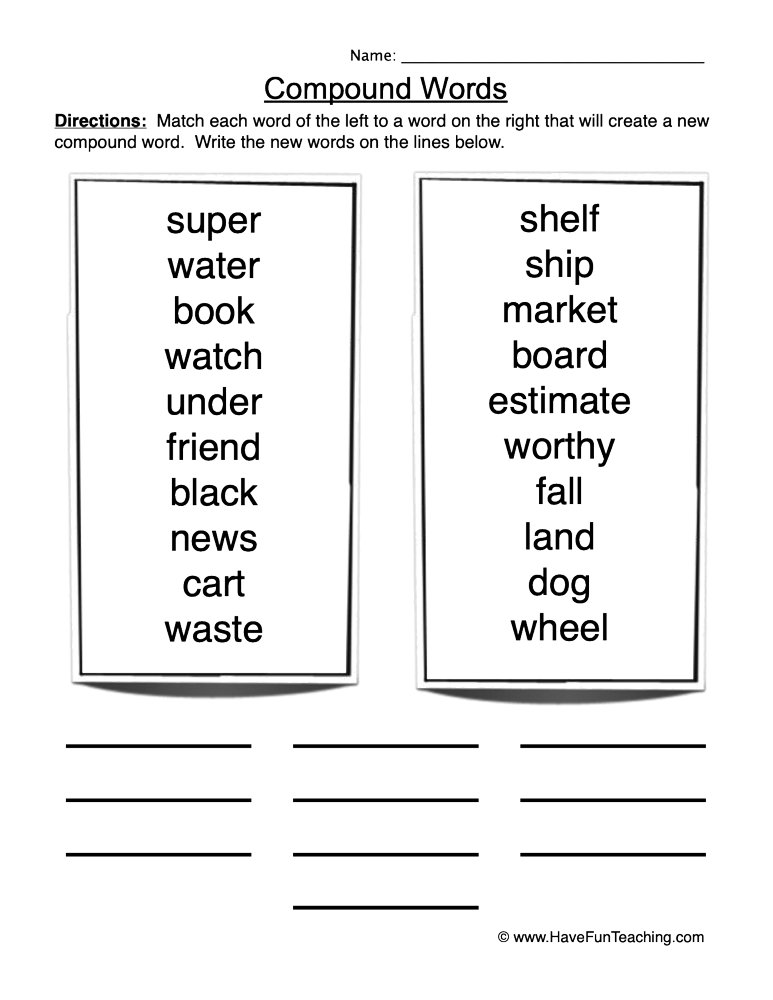 You may have encountered it in words such as to misbehave (behave badly) or to misunderstand (misunderstand). So the prefix mis- means something bad or wrong. Indeed, the verb to mistreat is translated from English into Russian as "to mistreat".
You may have encountered it in words such as to misbehave (behave badly) or to misunderstand (misunderstand). So the prefix mis- means something bad or wrong. Indeed, the verb to mistreat is translated from English into Russian as "to mistreat".
If you make a list of common prefixes ( un-, dis-, re-, de- etc.) and suffixes ( -able, -ly, -ent, -tion, -ive etc. etc.) and remember what they mean, it will be easier for you to guess the meaning of new words for you in English.
Look for something interesting in a boring one
It happens that some topic is very difficult to come by, because it is not interesting for you personally. For example, you are studying the topic “Cars”, but you don’t drive a car yourself, and this area is completely alien to you. And it is not clear why to learn words that you are not going to use in life. To spark interest in a boring topic, connect it to something that is more interesting or useful to you personally.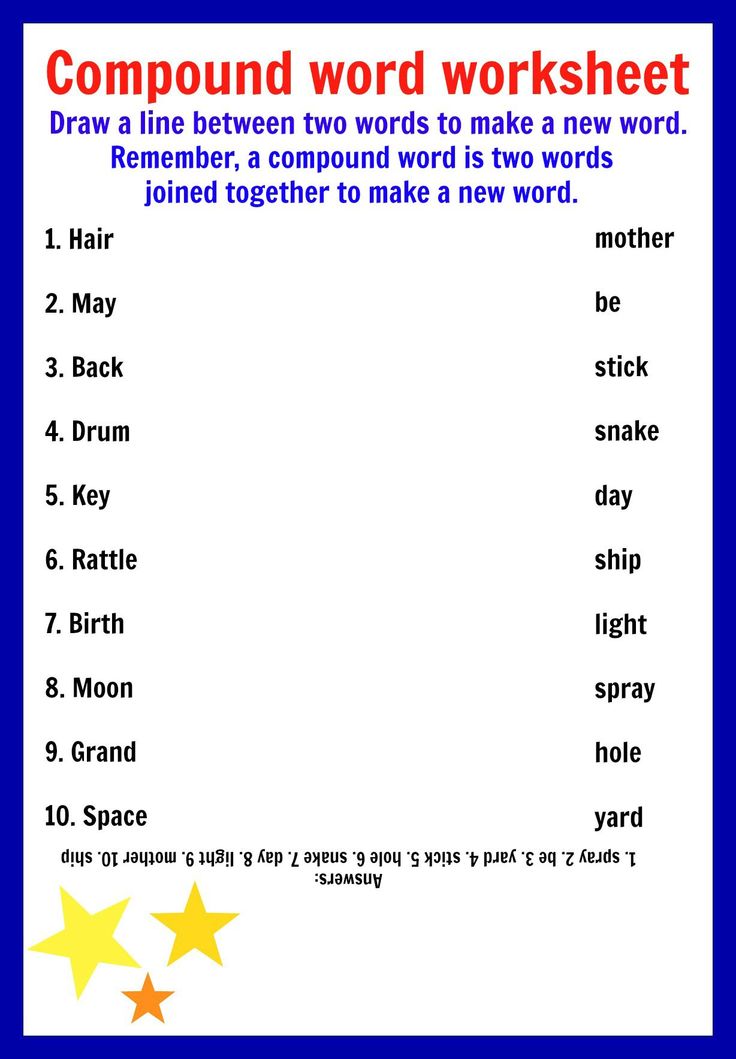
For example, car images and metaphors are often found in the songs of foreign artists - you can easily find lyrics in English with the words steering wheel ("steering wheel"), highway (highway, highway) or lane (strip).
Or look for English idioms that use the words you want. Here are some automotive-themed ones:
- Stay in your lane. - Mind your own business (literally: stay in your lane).
- Down the road. - In the future (literally: further down the road).
- U-Turn. - A sharp change of opinion (literally: a reversal).
- To put the brakes on. - Slow down (literally: slow down).
These idioms will come in handy in conversational speech, even if you never intend to drive. And now boring words will have more figurative associations that will help them learn.
Refresh knowledge periodically
Probably, this happened to you at school: you learned a dozen new English words, did your homework, wrote a dictation… And after a month everyone forgot. This happens because new vocabulary needs to be periodically repeated and refreshed in memory. There is even a recommended schedule for repeating English words, based on the works of the German psychologist Hermann Ebbinghaus:
This happens because new vocabulary needs to be periodically repeated and refreshed in memory. There is even a recommended schedule for repeating English words, based on the works of the German psychologist Hermann Ebbinghaus:
- Use a new word as soon as you learn it;
- Use the word again after 20-30 minutes;
- Repeat word every other day;
- Return to a new word after 2–3 weeks;
- Repeat the word in 2–3 months;
- Fix the word after 2-3 years.
It is on this method of memorization that the application for learning new English words Aword is based. In order not to think about how many weeks and months have passed since meeting a new word, install the application and it will monitor the repetition schedule for you. By the way, Aword also uses other techniques for memorizing words listed in this article: images with associations and mnemonic phrases.
Make sure that the word will be useful to you
Knowledge that we do not use is sooner or later forgotten, as happened with poems and theorems that we learned at school.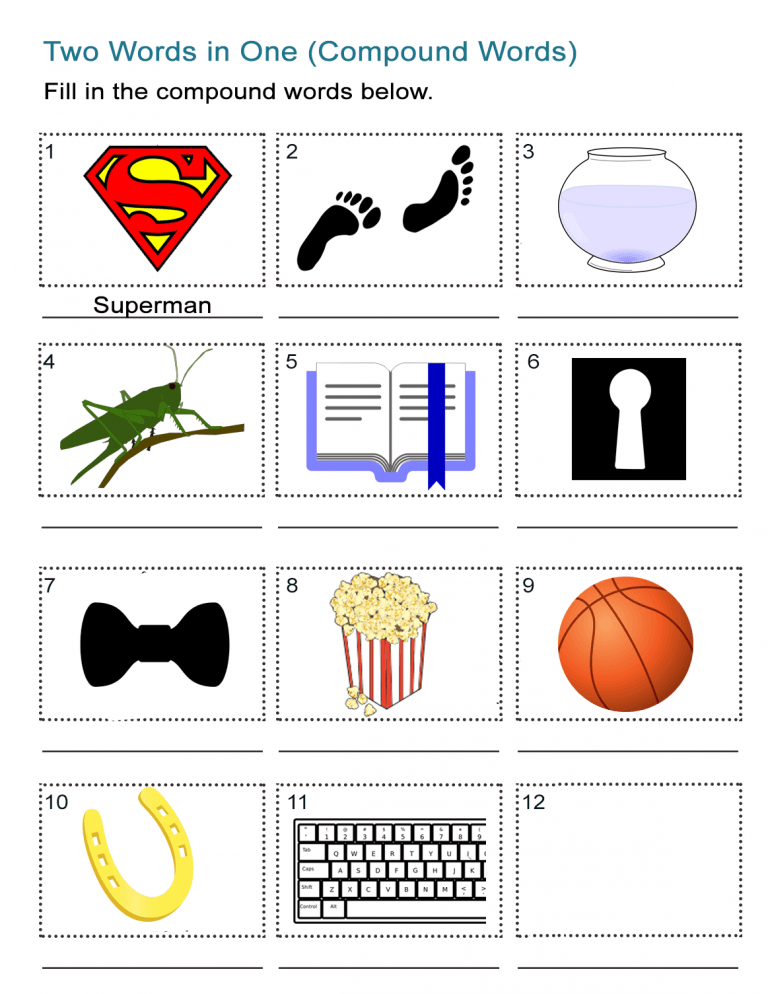 Therefore, do not waste time memorizing rare, little-used words. This is especially important for those who are just starting to learn English. Before you draw flashcards and add a word to the spaced repetition list, make sure you need to know it at all.
Therefore, do not waste time memorizing rare, little-used words. This is especially important for those who are just starting to learn English. Before you draw flashcards and add a word to the spaced repetition list, make sure you need to know it at all.
There is a list of 3000 words, which is enough to understand most of the texts written in English. Of course, during your studies you will still learn much more, but at first you should check the list so that you don’t spend time memorizing rare English words and forget about the most important ones. For convenience, such words are marked with a special icon in the Aword application.
Read more about the "golden list" of English words and how to apply it in your studies in our magazine.
Let's sum up
We have analyzed 11 ways to effectively memorize new English words - it remains only to put them into practice and choose the ones that suit you.
- Learn not individual words, but phrases and sentences with them.
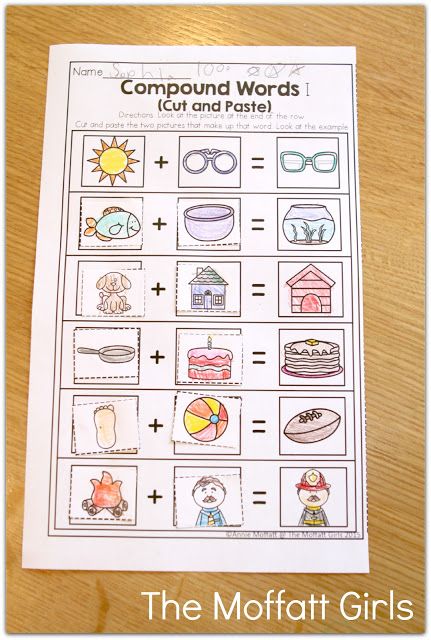
Learn more

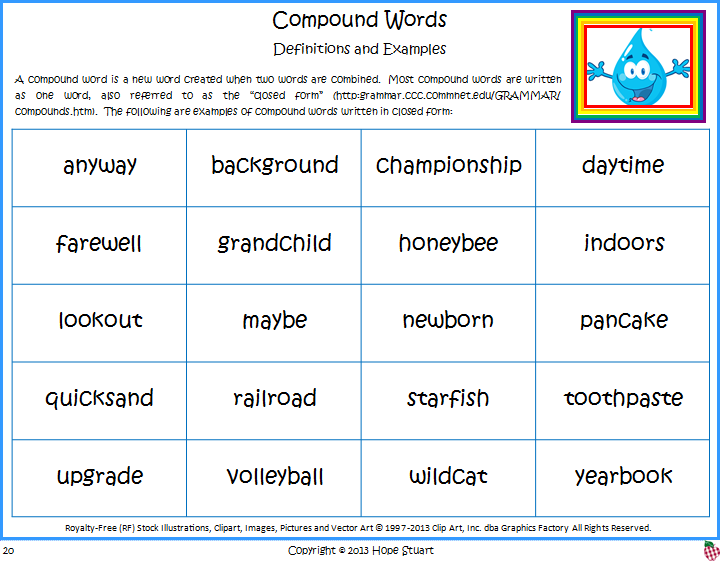

 He was dressed in a gray coat and a hat. The boy was carrying a loaf of bread. He was going to feed the ducks. But as he approached the pond , he saw no ducks there. "It's chilly today", the boy thought, "the ducks must be at home, warming their feet at the fireplace ".
He was dressed in a gray coat and a hat. The boy was carrying a loaf of bread. He was going to feed the ducks. But as he approached the pond , he saw no ducks there. "It's chilly today", the boy thought, "the ducks must be at home, warming their feet at the fireplace ". 

